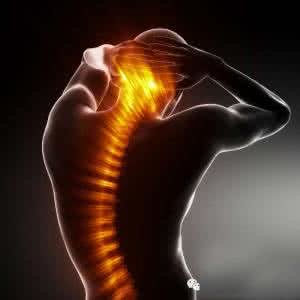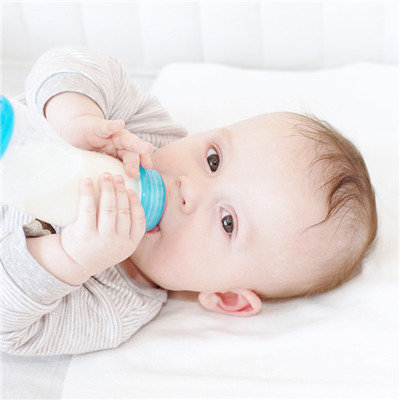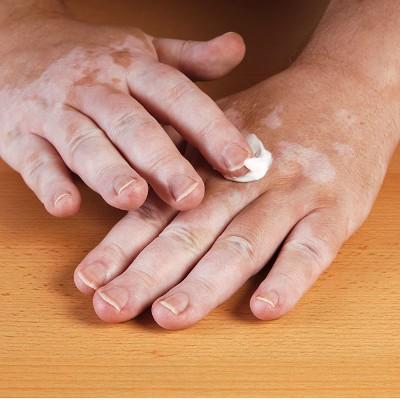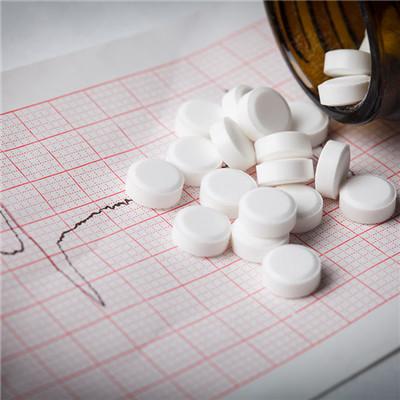How to judge neonatal jaundice
summary
Newborn babies will appear physiological jaundice, of course, there is also pathological jaundice, neonatal parents generally do not know how to distinguish neonatal jaundice, the following talk about how to judge neonatal jaundice.
How to judge neonatal jaundice
First: physiological jaundice generally occurs in about 2-3 days after birth. Due to the characteristics of bilirubin metabolism of newborns, that is, the excessive production of bilirubin after birth and the low metabolism and excretion capacity, the bilirubin level in the blood increases. About 50% - 60% of full-term infants and 80% of early-born infants have temporary and mild jaundice process, which is called physiological jaundice.

Second: pathological jaundice appears earlier, usually in about 24 hours after birth, the degree is relatively heavy, lasting for a long time, more than 2-4 weeks, the situation continues to be serious.

The third: physiological jaundice, full-term newborns generally appear in 2-3 days after birth, 4-5 days when the peak, the degree of jaundice varies, the order of jaundice is the first from the sclera, face, neck, and then spread to the trunk and limbs. Newborns generally have no symptoms.

matters needing attention
In the early stage, we should feed the newborn as soon as possible, so that the feces can be excreted as soon as possible, because the feces contain a lot of bile flavins. Another point is to give the newborn adequate water. The way to judge whether the newborn's liquid intake is adequate is to look at the newborn's urine. Generally, a normal newborn has 6-8 times of urine a day. If the frequency is insufficient, his liquid intake may not be enough, and too little urine is not conducive to the excretion of bilirubin.












